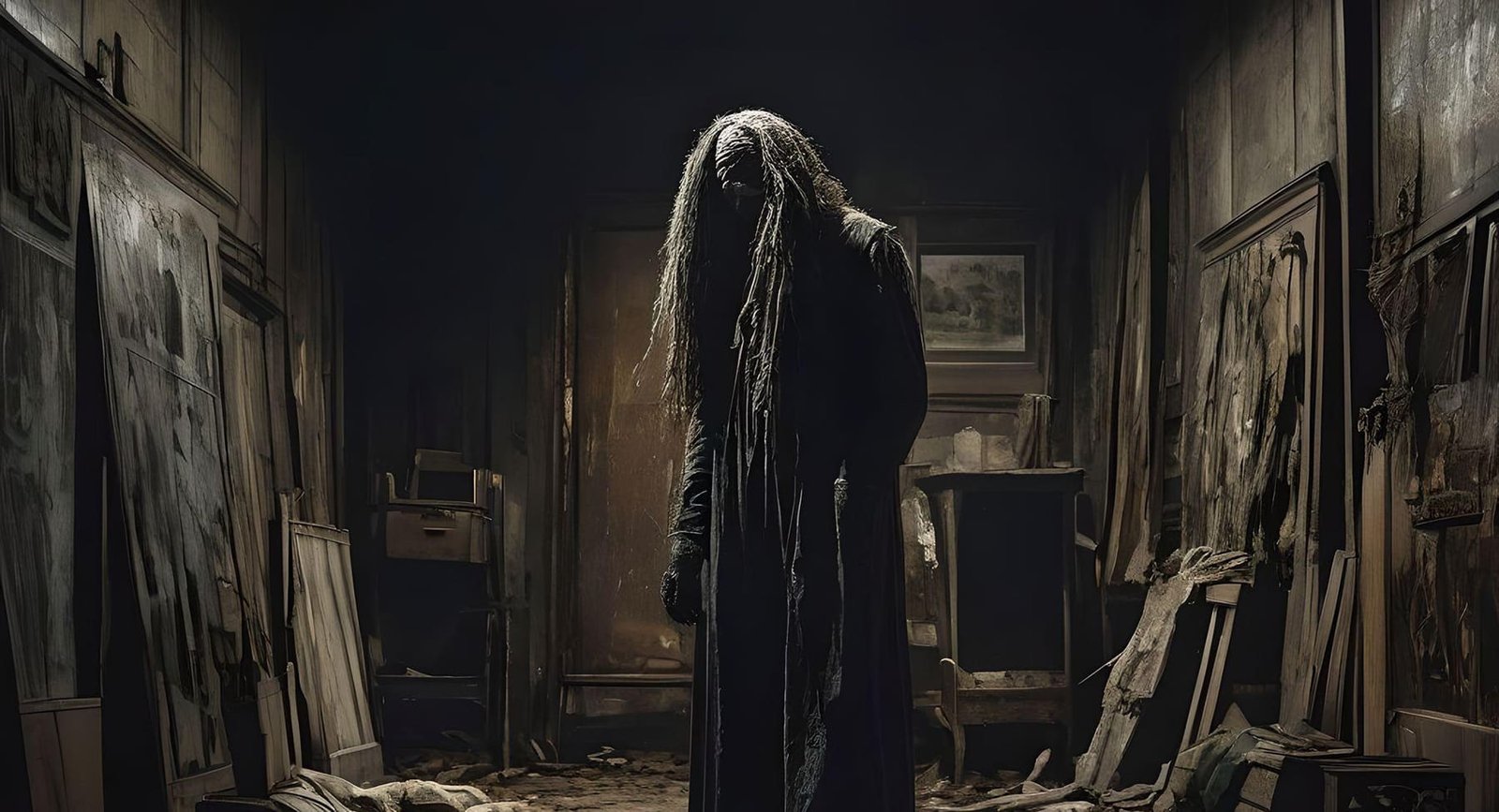From campfire tales to the silver screen, urban legends have long been the breeding grounds for chilling narratives. In the realm of horror cinema, these age-old myths and contemporary folklore have inspired some of the most spine-tingling stories, inviting viewers to step into a world where lurking figures of terror are often rooted in the everyday realm. In this exploration, we peel back the layers of some infamous urban legends as they manifest in the most memorable horror films.
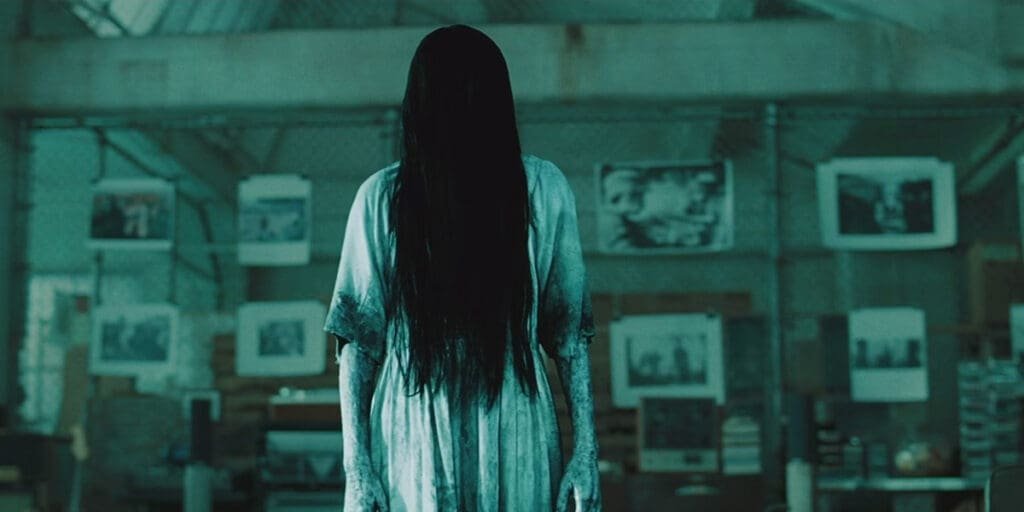
The Wailing Woman and Onryo Spirits
The Urban Legend
Echoes of the ‘Wailing Woman’ legend can be found across multiple cultures. The basic premise remains eerily consistent; a bereaved woman, often the victim of a tragic death, returns as a ghostly figure, with her cries said to evoke a sense of impending doom for those who encounter her.
Japanese Cinema and ‘Onryo’
In the 1998 film ‘Ringu’, viewers were introduced to Sadako, an onryo – a vengeful spirit – who effectively became a cultural icon. Similarly, in the American remake, ‘The Ring’, the narrative is transposed to a US setting with the same chilling effect. The onryo legend has since seeped into the collective horror consciousness, its impact visible in numerous films and TV shows.
The Ripples in Water
The Ring’s iconic imagery of Sadako emerging from a well-transcended border inspires new interpretations of global horror. This distinctly urban motif, when combined with the figure’s ghostly appearance, is a perfect encapsulation of the terror that urban legends carry into the modern psyche.
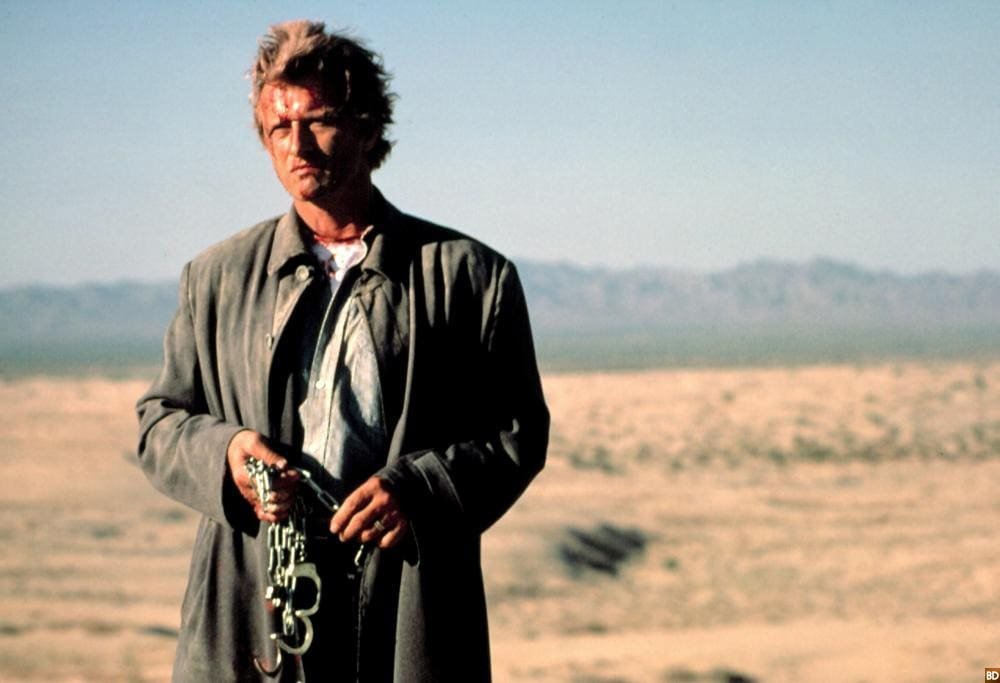
The Vanishing Hitchhiker: A Ride to Oblivion
The Classic Tale
The vanishing hitchhiker is a staple of urban lore, often featuring a transient figure who disappears without a trace after being picked up by a kind motorist. In these tales, the hitchhiker’s true identity is often revealed to have been deceased long before.
Silver Screen Hitchhiker
Horror films have taken this narrative and twisted it to great effect. ‘The Hitcher’ (1986) and its remake, as well as ‘Highwaymen’ (2004), explore the violence that ensues when the benevolence of the driver is met with betrayal. These films play on the audience’s fear of the unknown and the vulnerability associated with good Samaritan acts.
The Psychological Aspect
What’s truly frightening about the vanishing hitchhiker story is the loss of control and the spectral presence one invites into the confines of their personal space. These films then go on to amplify this inherent terror, often transforming the hitchhiker into an agent of chaos.
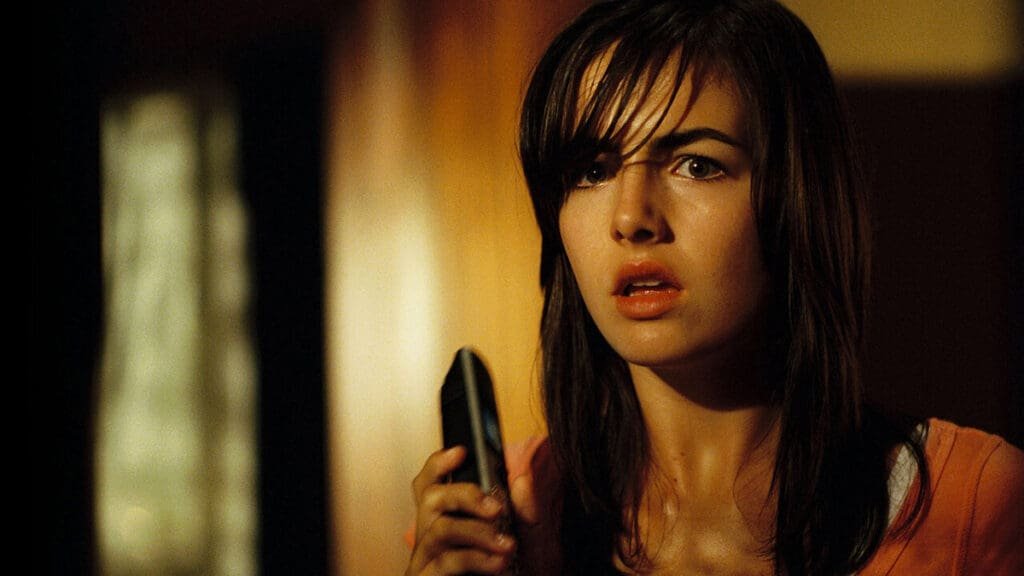
Babysitters and the Inside Job
The Urban Panic
Among the most pervasive fears in suburbia is the idea that one’s home is not actually a sanctuary. Myths of calls coming from ‘inside the house’ underscore this, with ominous overtones suggesting that malevolent figures have found a way into the most intimate spaces.
‘When a Stranger Calls’
This legend sees literal interpretation in the horror classic of the same name. ‘When a Stranger Calls’ (1979/2006) plays on the unspeakable dread of discovering the terror lies within, setting it against the backdrop of a vulnerable babysitter and a seemingly safe home.
The Familiar Stranger
The film’s iconic line “The calls are coming from inside the house!” has become part of pop culture lexicon, as it plays on the helplessness of the protagonist, her protection seemingly a mere facade. It’s a fearsome realization that horror films continue to leverage with chilling effect.
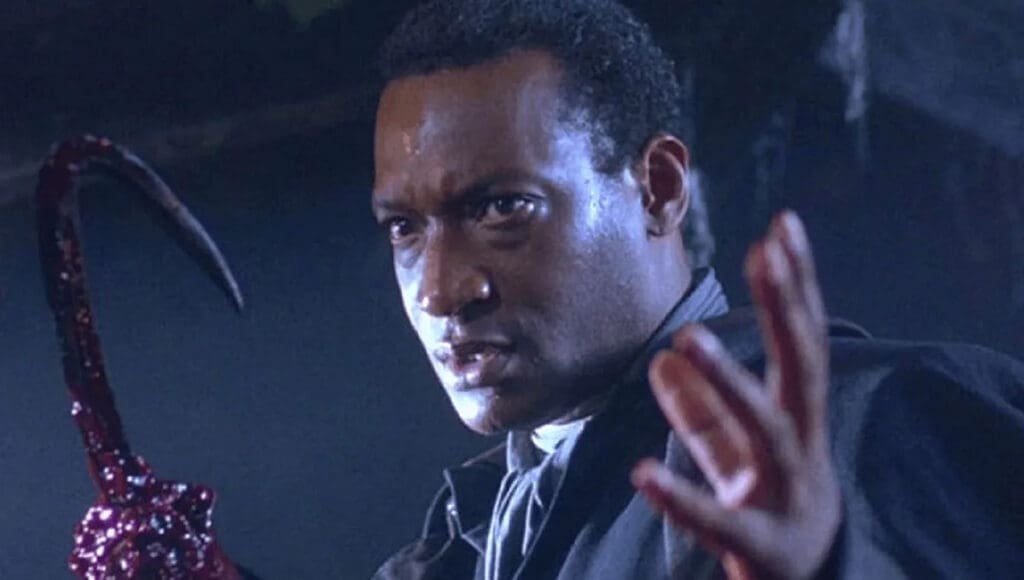
Bloody Mary and the Mirror of Despair
The Reflecting Legend
One of the most widely known and practiced urban legends is that of ‘Bloody Mary’. The ritual involves chanting her name a certain number of times before a mirror, an act said to summon a vengeful spirit to dispense gruesome punishments.
From Ritual to Horror Icon
This myth has been depicted in numerous films, most notably in ‘Candyman’ (1992) and its recent sequel. The film’s protagonist, a graduate student, becomes entangled in the horrors associated with Bloody Mary, showcasing its continued resonation within modern culture.
The Reflection of Society
The theme of reflection, both literal and metaphorical, in the legend, is rich fodder for horror. It taps into a primal aspect of human fear — of seeing something unexpected or sinister in one’s own image, an eerie confrontation that’s closely tied to the viewer’s identity and psyche.
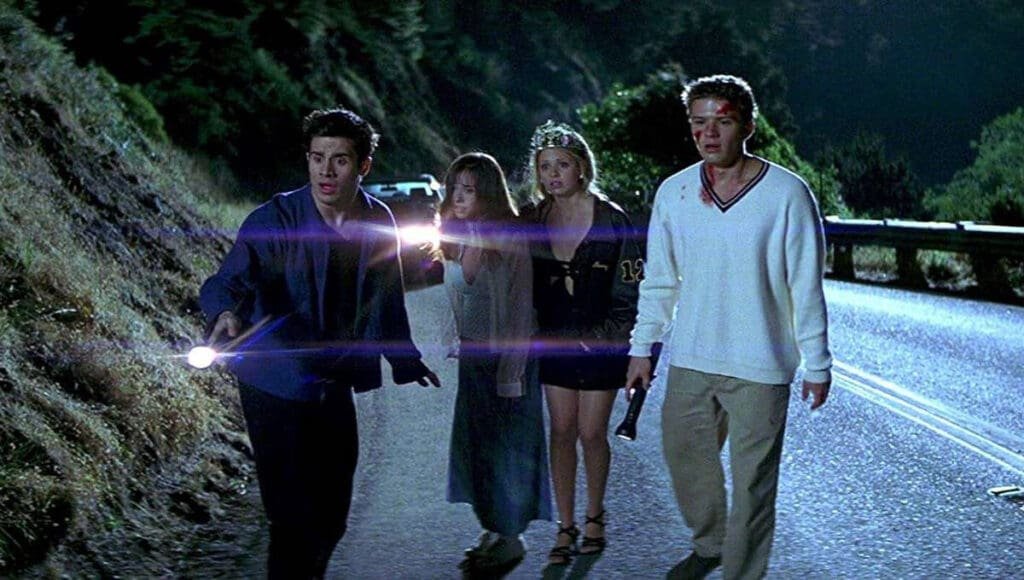
The Hookman and the Reckoning of the Lustful
The Hook Mythos
The tale of the hookman serves as a cautionary tale — often involving teenagers, with the traditional setting of lover’s lanes. In many versions, it’s a story of morality, with the hook serving as a grisly reminder of the dangers of unchecked passion.
‘I Know What You Did Last Summer’
The film ‘I Know What You Did Last Summer’ brought the hookman myth to the forefront of ’90s horror. The hook wielded by the film’s antagonist becomes a symbol of a past wrong that has come back to haunt the characters, and ultimately becomes a weapon of retribution.
The Carnal Consequence
Urban legend films often take the moral core of the tales — sometimes antiquated — and expose them through the lens of modernity. ‘I Know What You Did Last Summer’ is no exception, resulting in a bloody parable of accountability set against a hookman’s grim motif.
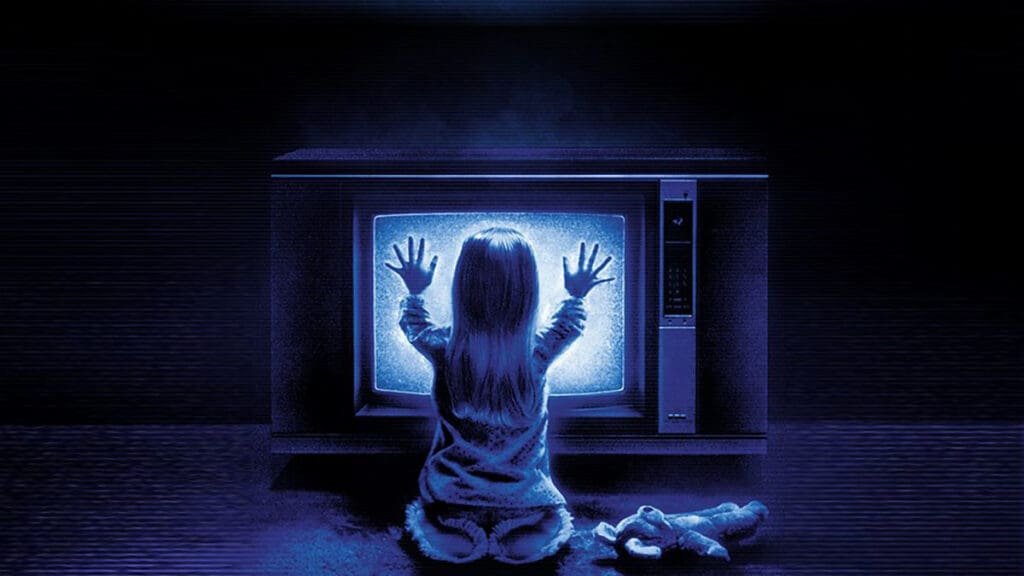
The Haunted House Becomes Every House
The House of Spirits
The trope of the haunted house is a bedrock of horror mythology and has its origins in real estate folklore. The idea of a dwelling tainted by its own history – often a place of violent deaths or unspeakable horrors – persists in cautionary tales.
‘Poltergeist’ and Beyond
Films like ‘Poltergeist’ (1982) take the haunted house concept and place it at the center of the narrative, turning it into a living organism of terror. This approach reflects a more modern interpretation, with the haunting as a metaphor for concerns about home and safety in an increasingly complex society.
The Personal Haunt
What these films do brilliantly is that they situate the construct of the haunted house within the framework of the nuclear family home — a place that is supposed to be sacrosanct. The erosion of this security, whether through malevolent entities or sinister pasts, is a fear that resonates deeply with viewers.
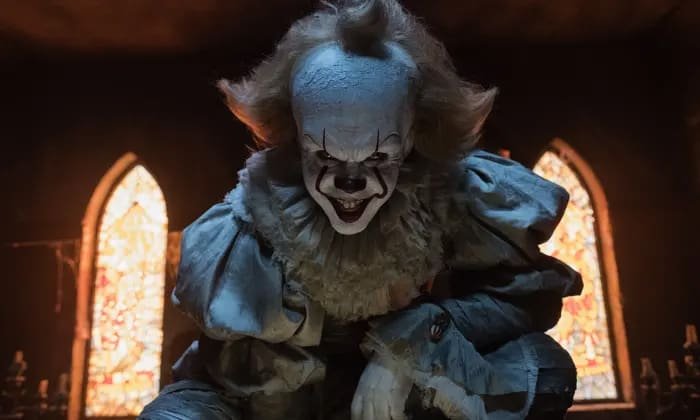
The Killer Clown and Playful Terror
The Clownish Cabal
Clowns have long been accused of harboring something sinister behind their painted smiles. The ‘killer clown’ trope, however, skyrocketed in infamy with the emergence of ‘It’ (1990/2017) and ‘The Joker’ (2019).
‘It’ Reigns Supreme
Stephen King’s ‘It’ has imprinted the visage of Pennywise the Dancing Clown onto horror history. The monster taps into a primal fear, shrouding the innocence of childhood in a sinister guise — a theme that reverberates throughout the narrative and its characters.
The Fear of the Familiar
What clowns epitomize in horror is the perversion of the familiar — turning something meant for children’s amusement into a source of terror. This destruction of innocence, combined with the uncanny valley effect of clown makeup, makes for an unsettling encounter that has carried the trope to the top of urban legend fears.
Final Thoughts: The Echoes of Fear
Urban legends persist not just as spooky stories but as reflections of societal fears and collective worries. Horror films, in spinning these tales into celluloid nightmares, do more than entertain; they validate and perpetuate our most primal fears, ensuring that the myths and the monsters they spawn are never too far from our thoughts—or our screams.


